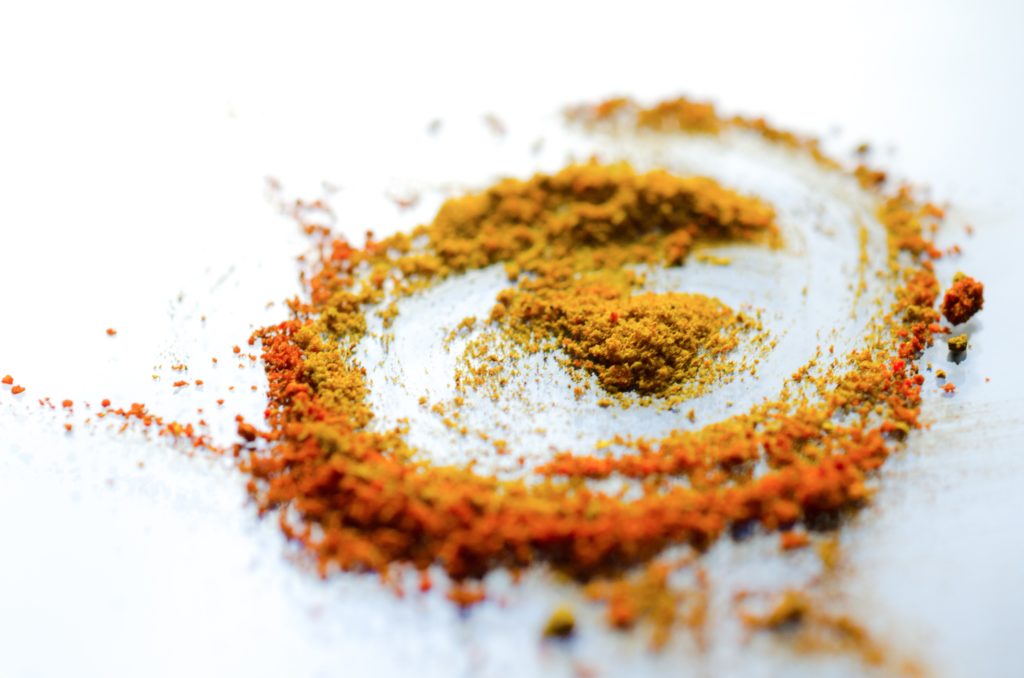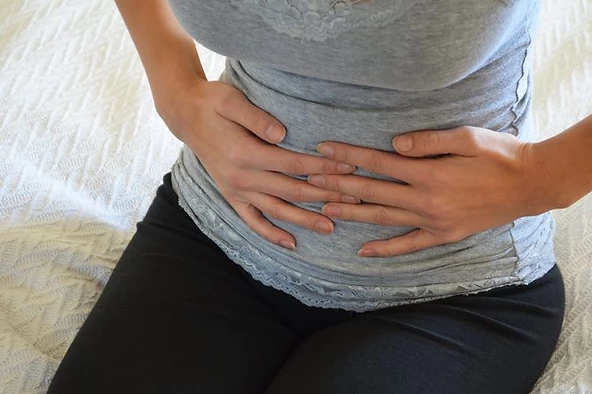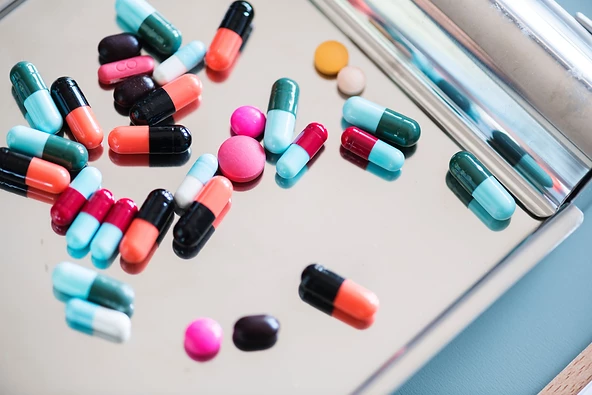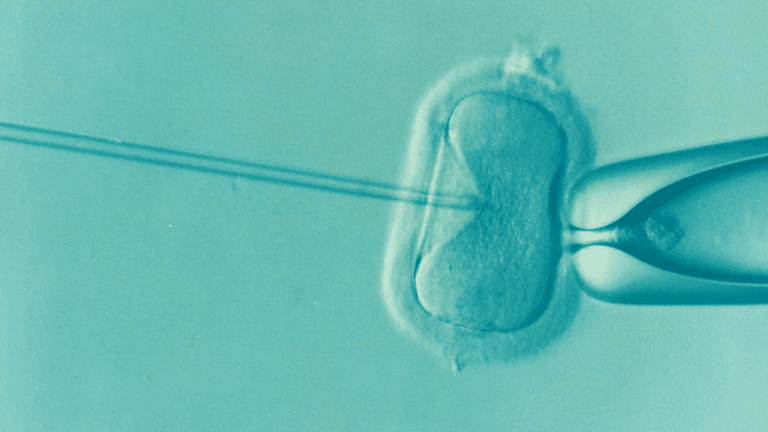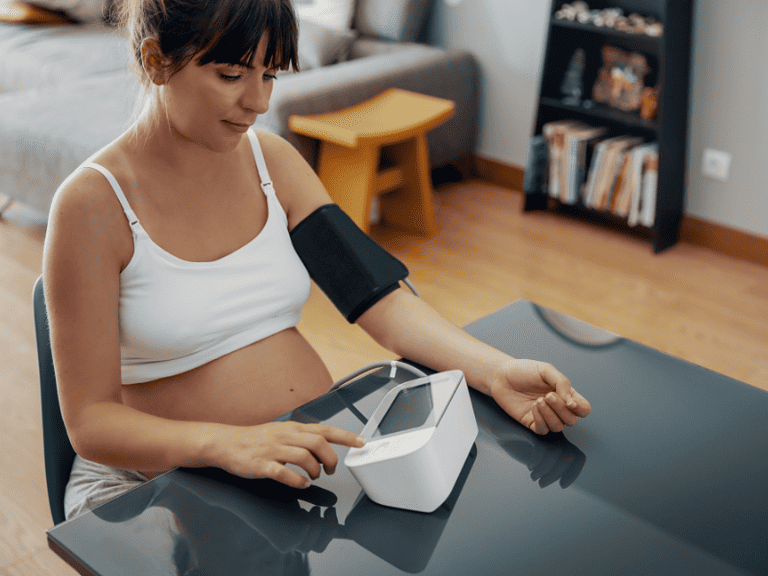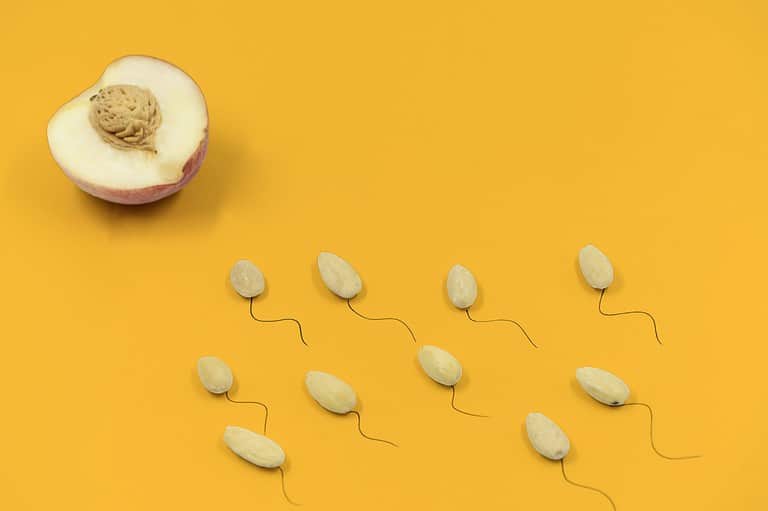For those who don’t know, endometriosis is a condition that affects about 1 in 10 Australian women and on average takes 7-12 years to diagnose. It has been rated as one of the most painful conditions to live with, there is no known cause and no known cure – only management.
Pretty sad when you think about it.
So, there’s little wonder that women are DESPERATE to try and modify their diet, lifestyle and everything in between to manage the symptoms of endometriosis which include (but not limited to) chronic pelvic pain around menstruation, ovulation and at other times, funky bowel motions and pain with urination, painful sex, heavy bleeding, fatigue, nausea, bloating and so much more!
Many women turn to supplements as a “natural” way to manage endometriosis alongside diet, so in this blog post I will be reviewing the scientific literature for the 5 most popular endometriosis supplements that I hear from clients on the daily and whether they stack up!
DISCLAIMER: As always, please speak with your medical professional before changing your supplement or medication regimen, this is intended for general advice only.
1. N-acetyl cysteine (NAC)
What is it? What does it do?
N-acetyl-cysteine is a well-known medication in the medical community. It is the acetylated version of the amino acid, cysteine, a key building block for protein in our food and our bodies.
Cysteine is naturally found in foods such as garlic and has been shown to have anti-proliferative (i.e. stops cells dividing) on cancer cells in the lab. More reasons to enjoy garlic bread, right?!
NAC (fondly pronounced as “knack”) also seems to downregulate inflammatory protein activity and gene expression.
Basically it is a super-powerful antioxidant with extra powers than just your regular antioxidant!

How does it help with endometriosis?
Mice studies have shown promise for NAC in treating endometriosis, reporting a reduction in the size of endometriomas (big balls of endo sometimes called “cysts” or “chocolate cysts”), and a reduction in tissue inflammation and cell invasiveness (i.e. the endometriosis trying to get deeper into tissues causing more complications!).
In humans, a 2013 study of women with ovarian endometriosis confirmed with ultrasound has been undertaken. 24 Italian women received the NAC supplement which was 600 mg three times a day (total daily dose 1800 mg) for 3 days in a row each week, then a break for 4 days, the other group received no supplementation for a period of 3 months.
After this 3 month period, they were scheduled for a laparoscopy. Laparoscopy is a keyhole surgery classified as the gold standard method to diagnose and excise (remove) endometriosis. Despite the invasiveness of this procedure, it is NOT a cure, and many women require multiple surgeries throughout their lifetime to manage endo.
The women who received NAC had cysts that were slightly reduced in diameter, whereas the cysts in the untreated group had grown! More women in the NAC treatment group actually cancelled their laparoscopies due to reduction in pain and cyst decrease/disappearance (21 out of 24) and 8 pregnancies occurred in this group too (compared 6 in the untreated group).
Is it safe?
NAC has actually been used in the medical world for a while to help protect the liver when people overdose on certain drugs and the like. It is safe, even at relatively high dosages (in the study above nearly 2 grams per day) with no reported side effects in this group. It is also safe if you’re trying to conceive.
NAC shows great promise in the management and treatment of the symptoms and endometriosis itself. More studies are required to generalise it to women without ovarian endometriosis or cysts to see if the same findings occur and also in larger groups.
2. Turmeric (Curcumin)
What is it? What does it do?
Safe to say, most of us have not escaped the hero status that turmeric has been endowed the past couple of years (coincidentally turmeric lattes got really popular as soon as I couldn’t have it due to ceramic braces on my teeth).
Turmeric is actually a brightly coloured root (similar to ginger) used in fresh and dried/powdered forms added to juices, smoothies, lattes, protein balls and, of course, curries!
Historically, turmeric has been used for the prevention and treatment of many diseases because of the main polyphenol (similar to an antioxidant) from turmeric, called curcumin.
How does it help with endometriosis?
Curcumin on its own has shown to have anti-tumour, anti-angiogenic (i.e. reduces the ability to develop new blood vessels to nourish tumours and cysts to grow).
A 2012 study on endometrial cells with endometriosis showed an effect on reducing the amount of endometriotic cells and also the amount of estrogen (E2) being produced by these cells, critical as endometriosis is an estrogen-dependent condition.
Whilst this is just a cell study, it is showing some promise in mice studies too.
A 2017 review of the scientific literature revealed that curcumin has potentially a number of different pathways that can act upon endometriosis from inflammation, reducing vascularization of the tissue, stopping these endometriosis cells proliferating.
Unfortunately, all these studies have been in cells or mice only and not yet in humans as they have been trying to understand and measure the mechanisms of action.

Is it safe?
Turmeric is an ancient spice that has long been used and incorporated into our food. There have been studies proving the safety of curcumin at doses as high as 12 grams per day for 3 months (Gupta et al., 2013).
I could not find any evidence of taking turmeric orally with any serious side effects. Some medical conditions such as clotting issues, diabetes, iron deficiency and also with male factor infertility there are some cautions as it can reduce sperm movement in large doses. That’s why it is so important to talk to your medical team before starting a new supplement!
Combining curcumin in turmeric either in cooking or supplementation with black pepper containing piperine which enhances absorbance by up to a whopping 2000% in rats (Shoba et al., 1998).
So don’t go it alone when trying to incorporate turmeric into your diet or supplementation regimen, add black pepper!
There is no studied effective dosage for endometriosis in humans at this point, so I would recommend incorporating some in your food to avoid any high doses which could interfere with nutrient absorption of iron, for example.
Discover More about Endometriosis and Nutrition with our 60-minute Masterclass!
Want Scientifically Proven Nutrition and Lifestyle Strategies to Combat Endo Pain and Symptoms…
Regain Control of Your Life and Flourish Again with our 1-hour Masterclass! ONLY $75AUD !
Includes eGuide and 7-day meal plan!
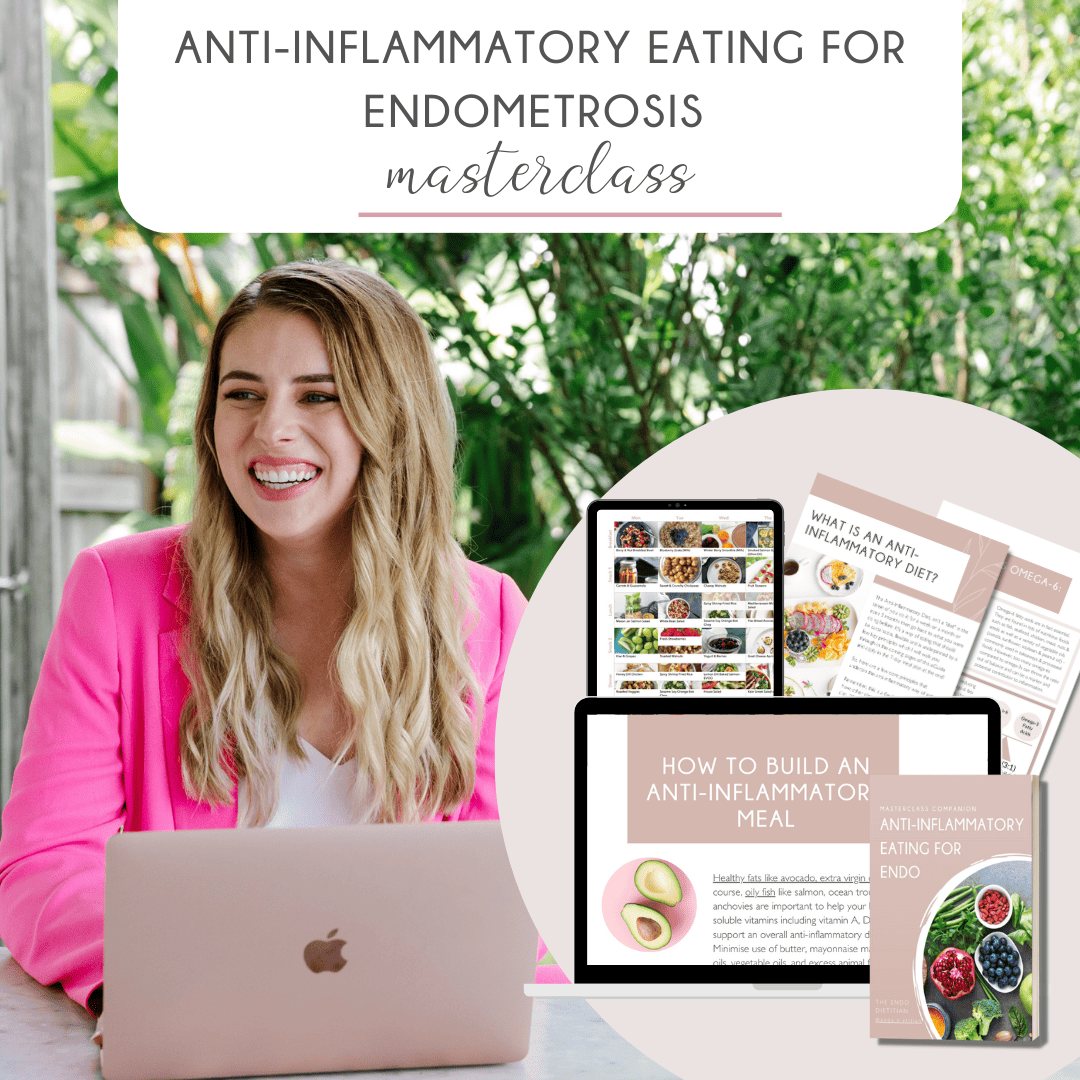
3. Omega-3 Fatty Acids

What is it? What does it do?
Omega-3 fatty acids are long-chain polyunsaturated fatty acids found in multiple forms, the most well-known are EPA and DHA and the most available for the body. These are found in oily fish such as salmon, mackerel, tuna, anchovies and sardines. Another kind of omega-3 fatty acid is known as ALA which is found in plant-based sources such as walnuts, flaxseeds, hemp seeds. However, the body is not as efficient at elongating these into the more available forms like EPA and DHA.
Want to learn more about your omega-3 levels? Find out how to get them tested here.
Omega-3 is well known to have anti-inflammatory effects for a range of different conditions and is a key nutrient prioritised in the Mediterranean diet too, researched to have benefits in helping manage a range of chronic conditions, but most famously heart disease. There have also been researched benefits for fertility too, read more about that here.
How does it help endometriosis?
A group of 64 women with endometriosis versus women without endometriosis, it appears that women who have a poorer ratio of EPA to omega-6 fatty acid arachidonic acid (AA) was associated with more progressed endometriosis confirmed with a laparoscopy (Khanaki et al., 2012).
Another study in mice showed that EPA may be particularly protective against the development of endometriosis via anti-inflammatory effects in mice who were induced to have peritoneal endometriosis (Tomio et al., 2013).
Is it safe?
Omega-3 fatty acids sustainably sourced from small to medium-sized fish to avoid contaminants are generally accepted to be safe. You generally do not want to exceed 3000 mg of EPA/DHA per day.
Of course, increasing your oily fish intake from fresh, frozen or canned sources is your first stop! And
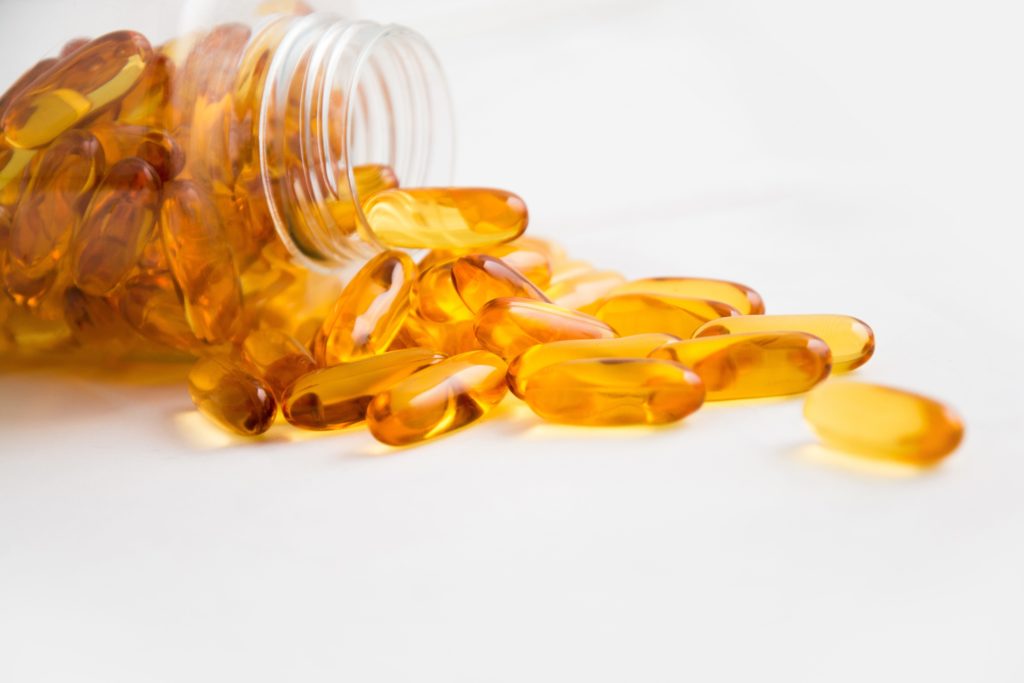
Want to learn more about diet for endometriosis? Take a look at these blog posts:
Do you have endometriosis and looking to use a lifestyle approach to form part of your management strategy to reduce pain and increase your quality of life? Book in for a FREE 15 minute discovery call to find out how I can help you.

